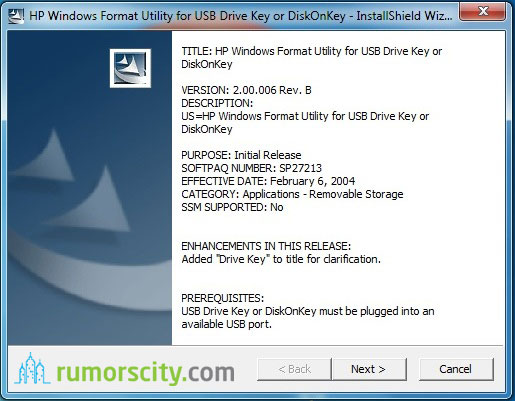Create Ms Dos Program
Can you make a MS-DOS program with Mirosoft Visual Basic 2008 Express Edition? I wanted to make one that doesn't have windows that pop out of Command Prompt, DOSBOX, or whatever is being used. I tried to create a message box, but it won't be like in MS-DOS! I don't know much on VB, but I need to make things all stay on DOSBOX.
Jump to Additional Applications - We have a tuned and optimized MS-DOS 6.22 system complete with. 4DOS was originally a commercial program, but has since been. You can enter C or N and manually make the following changes. Probably you see yet nowadays old systems with this 'DOS' aspect. This 'text-mode' soft to run in a Linux, you will have to program in a Linux. Extra slow To make it easy to copy Once Copied save as a.cmd file or.bat file.
Do you mean a console window on a modern computer running Windows XP/Vista/7 (i.e. A black box with characters that looks like a DOS command prompt) or actual DOS i.e.

A computer running MS-DOS 5.22 or something like that?If you mean the former - a console window - all you have to do is create your project in Visual Basic as a console application. (Select immediately after you press New Project.) The first line in your code suggests it is a Windows Forms application, which is designed to create dialogues and windows and such.Look on Google/Youtube for 'visual basic console application' and you should be well on your way.
I know this is an old question, and perhaps by this time the MS-DOS box the OP talks about is now in a museum, but if your language of choice is Visual Basic, then I suggest you try either PowerBasic (still available, commercial, can compile into 16 bit code) or QBasic (which is already available on your DOS box anyway.In the case of compile into 32 bit. But I'm sure you can ask them for an older version. The upside is that you can use a single code base for 16 bit and 32 bit. It's been a while that I used it, but if I remember correctly it could create dialog windows for the console view (i.e., not popping up as a message box, but within the MS-DOS console).In the case of, it's a rather limited environment and it is interpreted, though its compiled commercial companion QuickBasic can now be freely downloaded from several sites. Also it seems that new versions exist that can compile into 32 bit and 64 bit, which means you can keep (kind of) the same code base.I'm sure there are other options around, but these may be the simplest if you have some experience with Visual Basic already.As an aside, as others have already pointed out, Windows Forms cannot be used or compiled into 16 bit MS-DOS.
Skip to: IntroductionThis walkthrough covers installing MS-DOS 6.22 from the original installation diskettes. Why write this in 2013? That's a very valid question, to which there are a few answers:. Setting up a fully working DOS system will give you great appreciation for how far computing has come.
.png)
For old-timers, it will be a walk down memory lane; for youngsters who've never used nor even seen DOS before, it should be quite an eye-opening experience to experience first hand both how primitive DOS was and yet how capable it could be. A working physical DOS system is the most authentic way to (re-)experience classic PC games. Does an amazing job of supporting DOS games on modern platforms, but for perfect accuracy, including the full memory management experience (which can be a game unto itself), a real DOS system can't be beat. There is a dearth of detailed information about MS-DOS on the internet. This makes sense as MS-DOS predates the web as we know it today, but I don't want knowledge of this system to be lost to time. I did a significant amount of research for this project, and I want to document and share what I've discovered and re-learned for future reference. Perhaps most importantly, why not?
This project was inspired by a previous project to, my first computer that, not coincidentally, ran MS-DOS 6.2 and Windows for Workgroups 3.11. Rebuilding and enhancing it from a hardware perspective was a fun experience, and now I'm doing the same from a software perspective.Honestly, if you have no appreciation for old hardware or software, then this is definitely not for you. If, however, you share my passion for technology, not only for the new hotness 1 of today but also the old and busted (and tried and true) of yesterday that got us to where we are today, then I think you'll find this interesting. If you have some old hardware lying around then I hope you'll follow along, but even if not I think you may still find some of this interesting enough to read.As an alternative, if you want an easy-to-install version of DOS that includes some nice modern conveniences, check out. It's a great project that I highly recommend. For this project, though, I want a (mostly) authentic, original MS-DOS installation.Note: I provide download links for all discussed software in the relevant section where it's discussed.
Ms Dos Prompt
Links point to the original download location for each file wherever possible, but for the files that no longer have an official source (or a reliable one, in the case of the files hosted on Microsoft's amazingly unreliable FTP server), I've linked to a local copy you can download instead.
